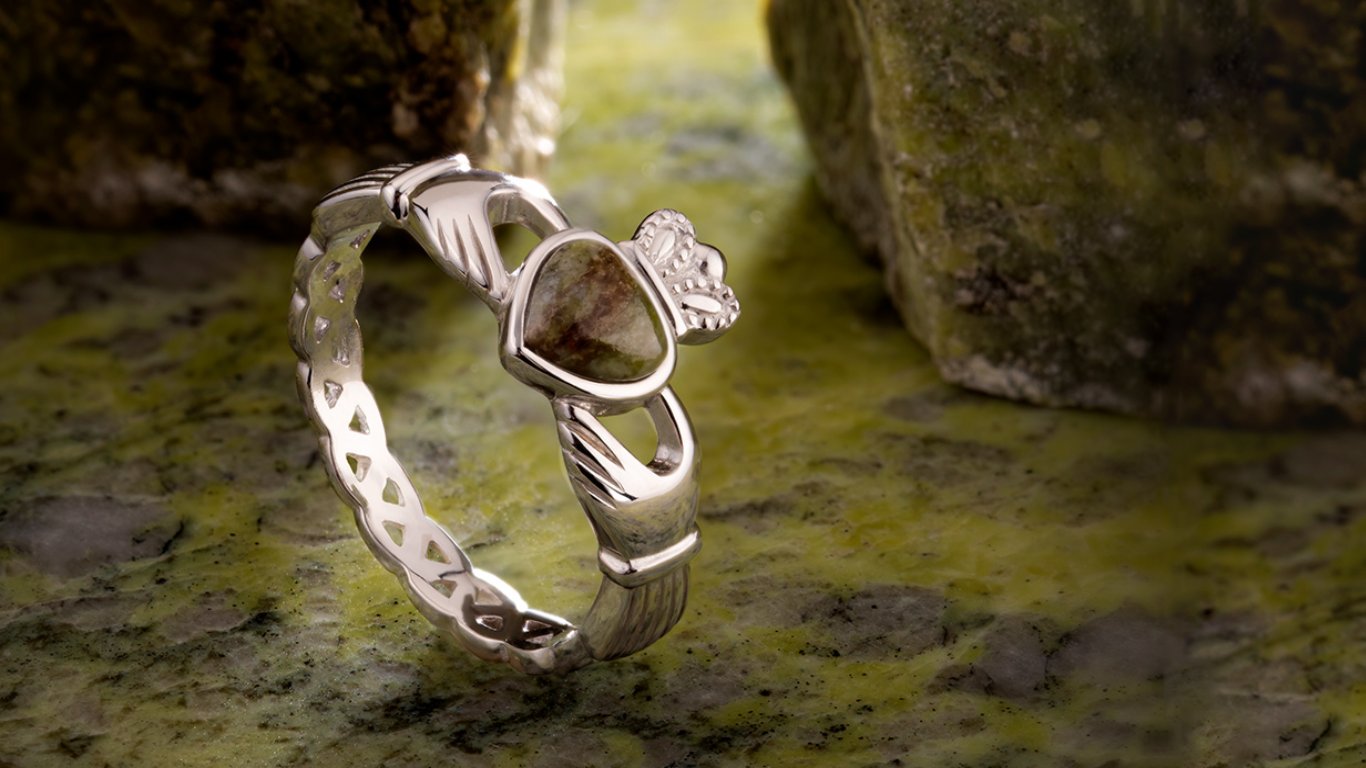The Easter Rising: 100 years later Part 2
The Easter Rising (also known as The Easter Rebellion) began on April 24, 1916 and has remained a controversial part of Irish history for the last century. The politics behind it are complicated, and emotions still run high among the Irish and the British. The Easter Rising is one of the most important and bloodiest parts of Irish history. What of the aftermath? The British, while caught by surprise at the uprising, quickly rallied their troops and began to gain control of the situation. By Wednesday that week the British had landed more troops in Ireland, after hundreds of casualties on both sides, the Irish, realizing they were out gunned, backed down. The fifteen leaders of the rising were imprisoned in Kilmainham Gaol, just outside Dublin. All fifteen were sentenced to death for treason. At the time, many Irish people were resentful of the rebels for causing so much death and destruction, as they did not fully support the cause for Irish independence. Approximately three thousand people believed to be involved in the rising either directly or indirectly were arrested, and eighteen hundred of them were sent to prison in England without a trial. These executions and imprisonments, along with months of martial law, turned the hearts of the Irish who had not originally agreed with the rebels. They began to resent anew the British rule, and began to work toward independence. In 1918 the Sinn Fein party ( whose purpose was Irish independence) won a majority of the Irish seats in parliament, then refused to sit in the UK parliament. In 1919 they met and convened an Irish parliament and declared Ireland's independence. Following this the Irish Republican Army began using guerilla tactics to fight against the British rule. In 1921 a cease-fire was called, and a treaty was signed with the British resulting in the establishment of the Irish Free State, a self-governing part of the United Kingdom. Six Northern Irish states remained as part of the UK, and remain still today despite the twenty-six states who officially declared independence on Easter Monday, April 18, 1949. Today in Ireland and England, there are still factions at war with one another. In the one hundred years since the beginning of the fight for independence, Ireland has changed and yet remains the same. Emotions run high on both sides, while some view the original fifteen as heroes, others see them as terrorists and treasonists. It remains to be seen if the two countries can completely come together, and fully lay down arms. For more information on the Easter Rising, check out the following websites: http://www.history.com/topics/british-history/easter-rising http://www.historylearningsite.co.uk/ireland-1845-to-1922/the-1916-easter-rising/


















Leave a comment